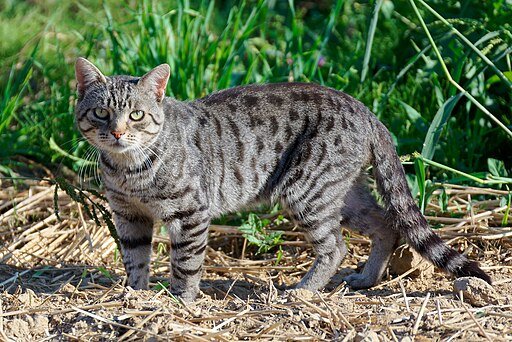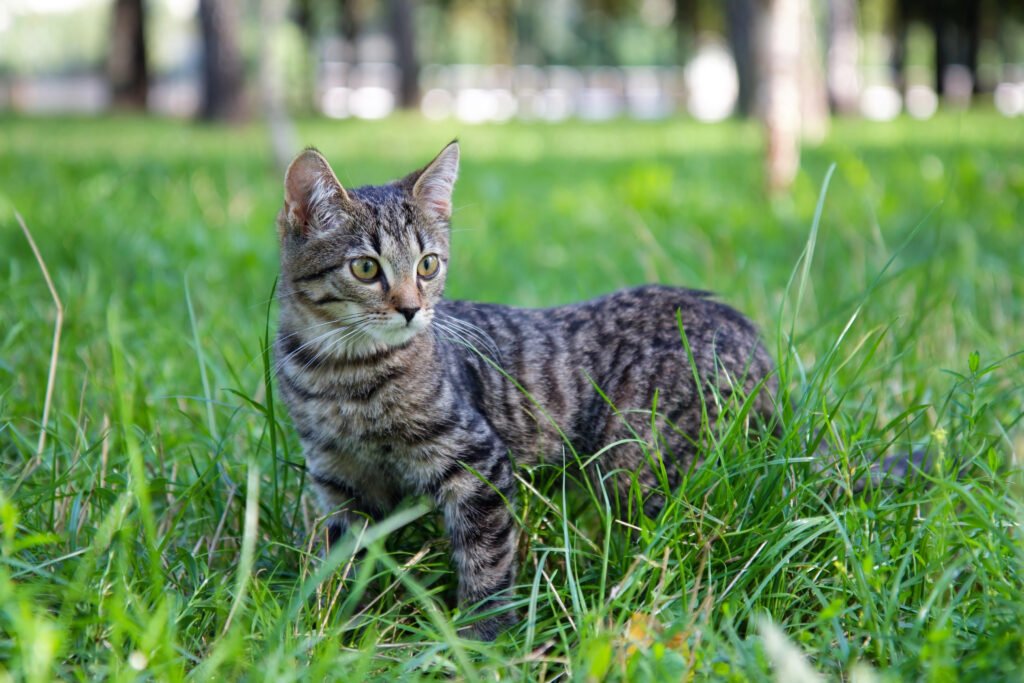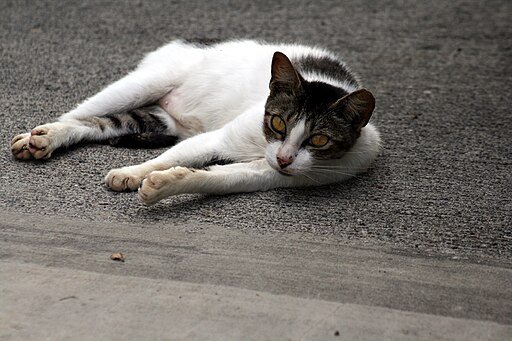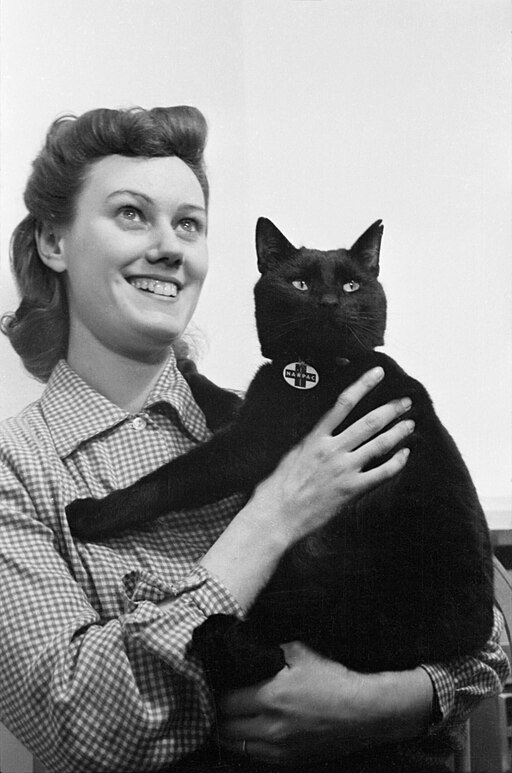Throughout history, cats have played integral and fascinating roles alongside humans in various environments, including aboard ships. Their presence in maritime traditions has been significant, providing companionship and pest control across the world’s oceans. This article delves into the multifaceted roles that cats have played in naval history, exploring how these feline companions have contributed to and shaped maritime traditions.
The Historical Onset of Cats Onboard Ships

Cats have been cherished talismans and indispensable crew members since ancient times. The earliest records of cats on ships date back to the Egyptians, who were renowned seafarers. They recognized the utility of cats in controlling rodent populations that plagued grain ships. As seafaring expanded through trade and exploration, cats were soon found on vessels worldwide, spreading their influence across several cultures.
Rodent Control: The Practical Need for Ship Cats

One of the primary reasons cats were brought aboard ships was their prowess in pest control. Rats and mice were more than mere nuisances; they posed significant threats by consuming food supplies, spreading disease, and damaging wooden structures. Cats provided an effective, natural solution to these problems, earning their keep by safeguarding vital supplies and maintaining hygiene.
Superstition and Symbolism: Cats as Maritime Omens

Cats have long been associated with various superstitions and beliefs. In the maritime world, these superstitions often carried great weight. Some sailors believed that cats could predict weather changes; a cat curiously grooming itself was said to foretell foul weather ahead. Cats were also seen as lucky charms, their presence thought to bring good fortune and ensure safe passage.
The Notable Cats of Naval History

Numerous historical ships have been home to famous feline residents. For instance, Simon the cat of HMS Amethyst was awarded the Dickin Medal for bravery at sea during an intense confrontation in the Chinese Civil War. Such stories highlight not only the courage and utility of ship cats but also their status as beloved members of their respective crews.
Cats and the Science of Navigation

While it might seem far-fetched, there are accounts suggesting that cats have been used to aid navigation. Some ancient mariners believed that cats had a natural ability to sense changes in atmospheric conditions, which could be useful during long voyages. Although such beliefs have no scientific basis, they highlight the esteem in which cats were held by some sailors.
Behavioral Adaptations of Ship Cats

Life at sea is challenging, and cats are typically terrestrial animals. However, those cats living aboard ships developed unique behaviors to adapt to their maritime environments. Cats are naturally agile and curious, skills that served them well in navigating tight quarters and climbing rigging. Their social nature also allowed them to bond closely with sailors, becoming integral parts of the ship’s social fabric.
Cats in International Maritime Folklore

Across different cultures, maritime folklore abounds with tales of cats at sea. In Norse mythology, cats were sacred animals, believed to bring favor from the goddess Freyja. Japanese sailors often kept a “maneki-neko,” or beckoning cat, on board as a good-luck charm. These cultural traditions exhibit the widespread significance and adulation of cats in maritime lore.
The Decline of Ship Cats in Modern Times

With advancements in shipbuilding and technology, the practical need for cats on ships began to diminish. Modern pest control methods and improved ship storage reduced the rodent problem that once plagued vessels. While the presence of cats at sea has waned, their legacy and the stories of their contributions endure as a cherished part of maritime tradition.
The Legacy of Cats in Maritime Traditions

The role played by cats aboard ships represents an extraordinary chapter in the annals of seafaring. Their contributions went beyond the practical role of pest control to encompass companionship, superstitions, and folklore. Today, the legacy of ship cats provides a unique lens through which we can explore historical maritime cultures and traditions. These stories, filled with both adventure and affection, ensure that the lore of seafaring cats endures.
Conclusion: The Unfading Bond Between Sailors and Cats

The bond between humans and cats is one of mutual benefit and companionship, a relationship perfectly exemplified in the context of maritime traditions. Though technology and modernity have changed the face of seafaring, the stories of cats aboard ships continue to capture our imaginations. They remind us of a time when these agile creatures were not only pets but necessary members of the crew, respected not only for their utility but also for their mystical presence.






